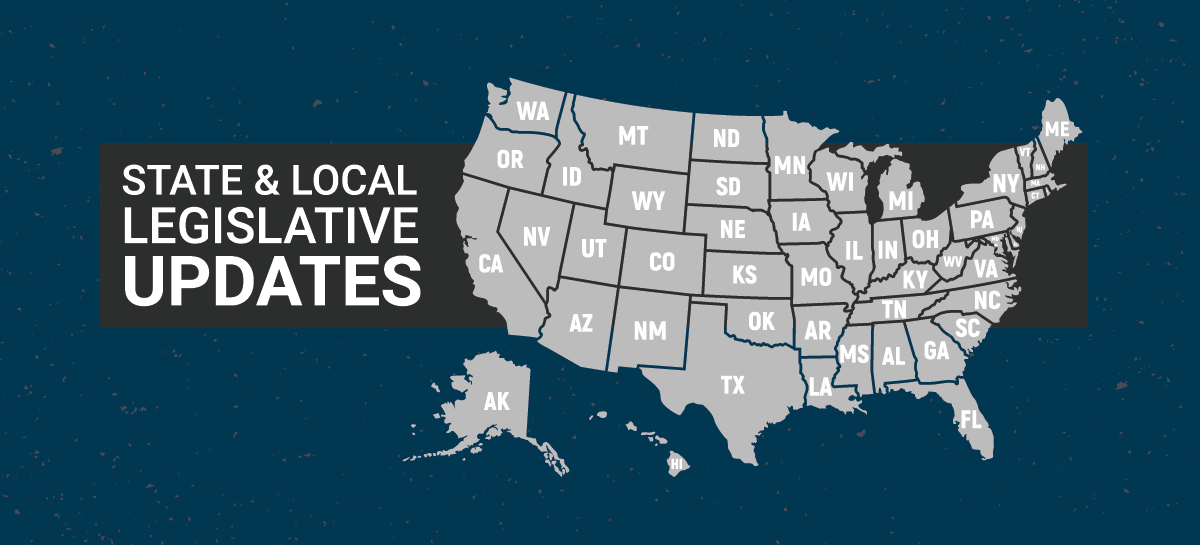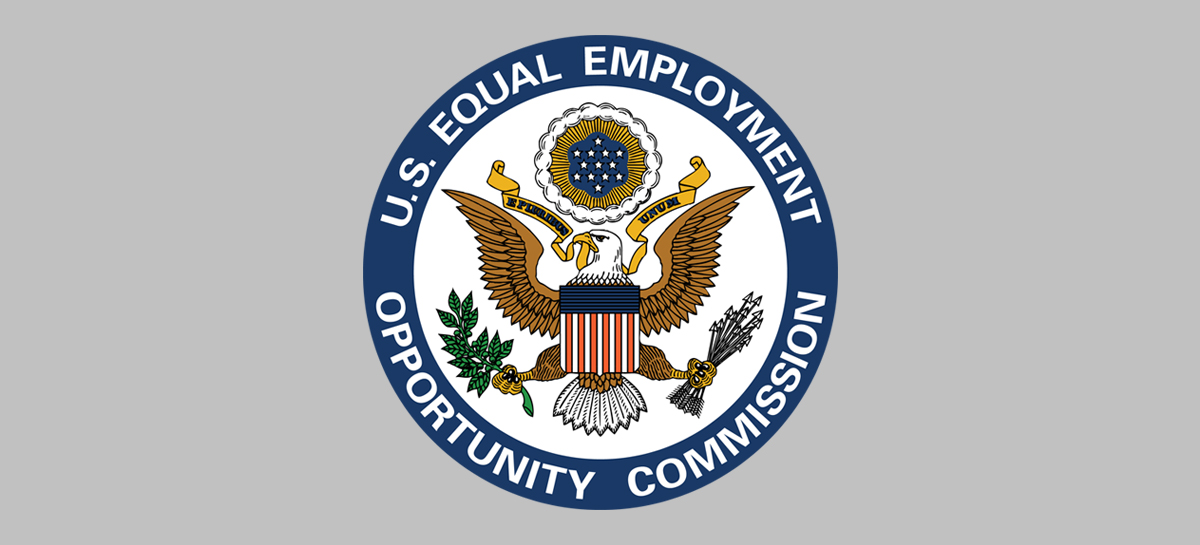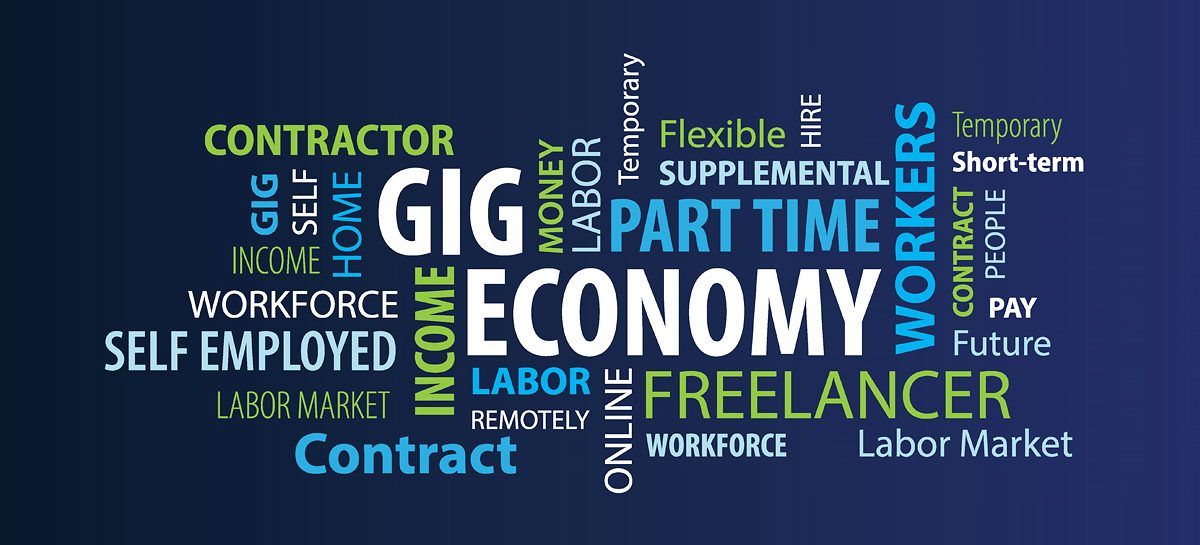With health insurance renewals reaching some of the highest increases in over a decade, many employers are turning to creative strategies to manage rising costs, including working-spouse surcharges, carve-outs, and incentive programs.
In this HR Chat, Rob and Jason break down how these approaches work and what employers should consider when evaluating spousal coverage options.
Contact hr@employco.com to learn how your company can navigate rising health care costs and keep benefits competitive in 2026.
Schedule a 15-minute call with Griffen Wilson for more information on our services.







